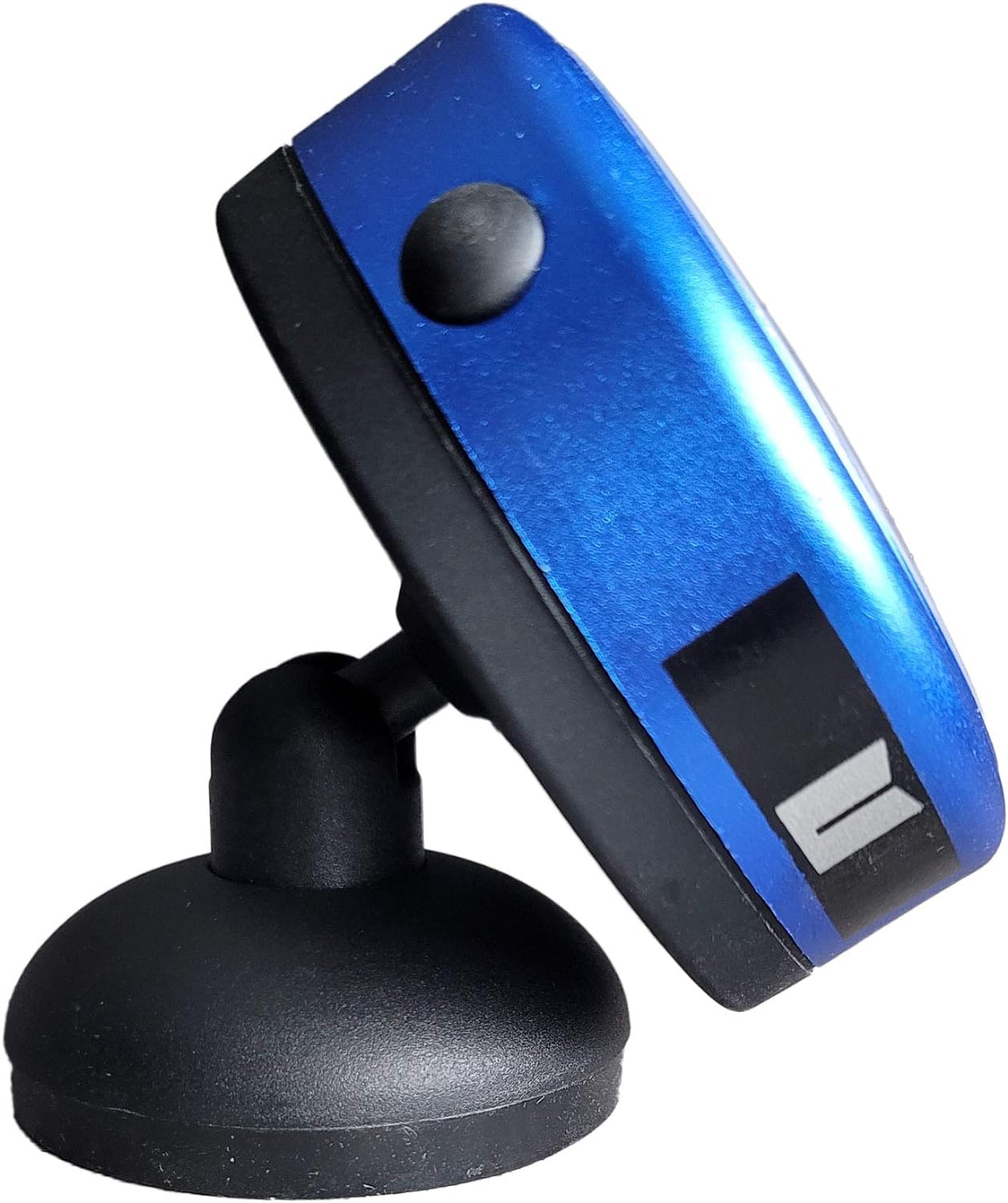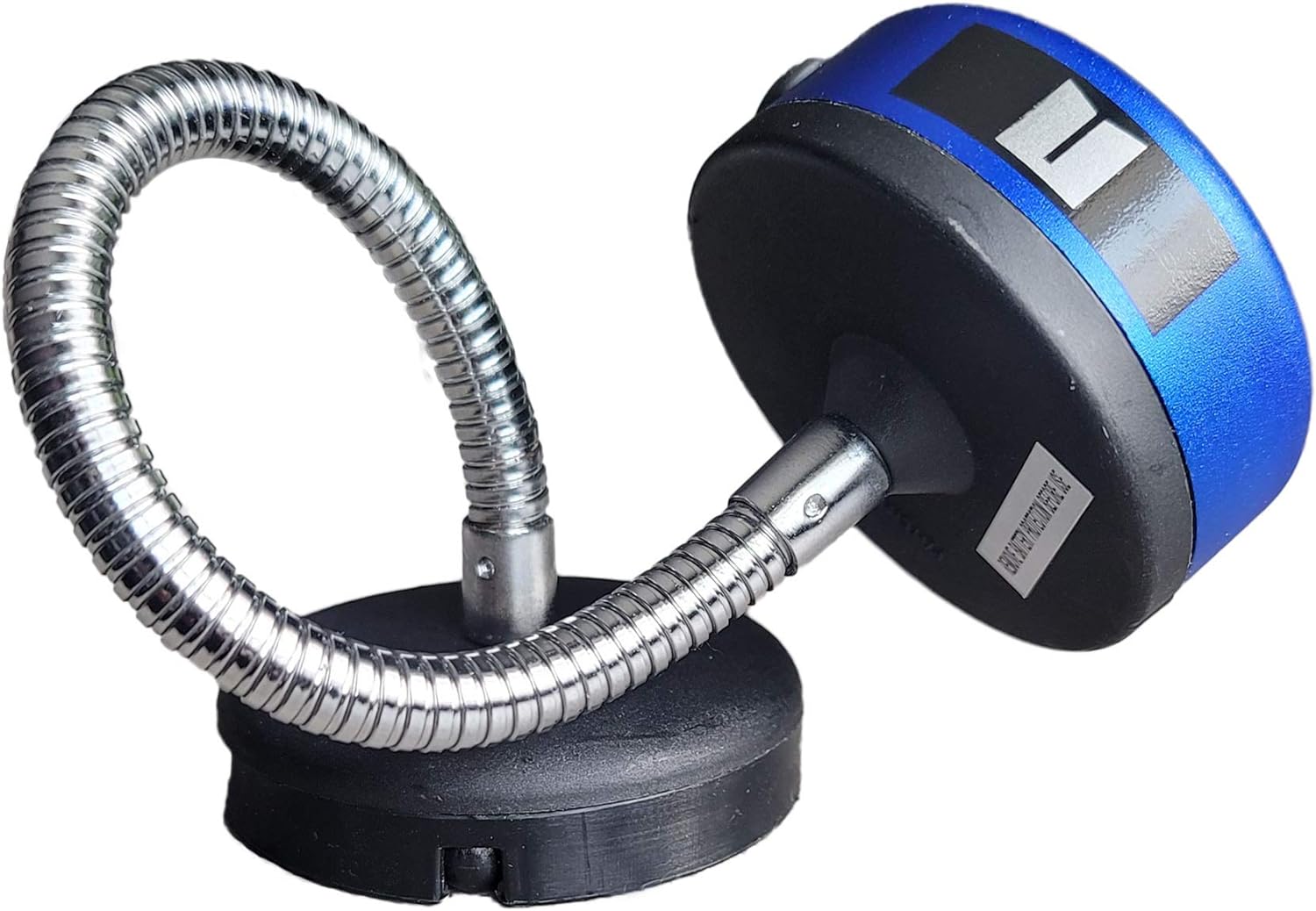wwhitney
Well-known member
2 principles:
In the service panel, the neutral terminal bar and the ground terminal bar may be identical. Better practice would be to keep them separate, but they are connected there anyway, so it's fine if neutrals and grounds are intermixed on the same terminal bar. In all downstream panels (subpanels), the neutral bar must be kept insulated from the enclosure (to which the ground bar is bonded), and you can't mix neutral and grounds on the same bar.
When terminating the EGCs (grounds), if the panel label says you can put two grounds in a single terminal hole, that's allowed (typically only for small sizes like #12 and #14). But it's never allowed to double up neutral conductors in one hole, or to put a neutral and a ground in the same hole.
Cheers, Wayne
In the service panel, the neutral terminal bar and the ground terminal bar may be identical. Better practice would be to keep them separate, but they are connected there anyway, so it's fine if neutrals and grounds are intermixed on the same terminal bar. In all downstream panels (subpanels), the neutral bar must be kept insulated from the enclosure (to which the ground bar is bonded), and you can't mix neutral and grounds on the same bar.
When terminating the EGCs (grounds), if the panel label says you can put two grounds in a single terminal hole, that's allowed (typically only for small sizes like #12 and #14). But it's never allowed to double up neutral conductors in one hole, or to put a neutral and a ground in the same hole.
Cheers, Wayne


